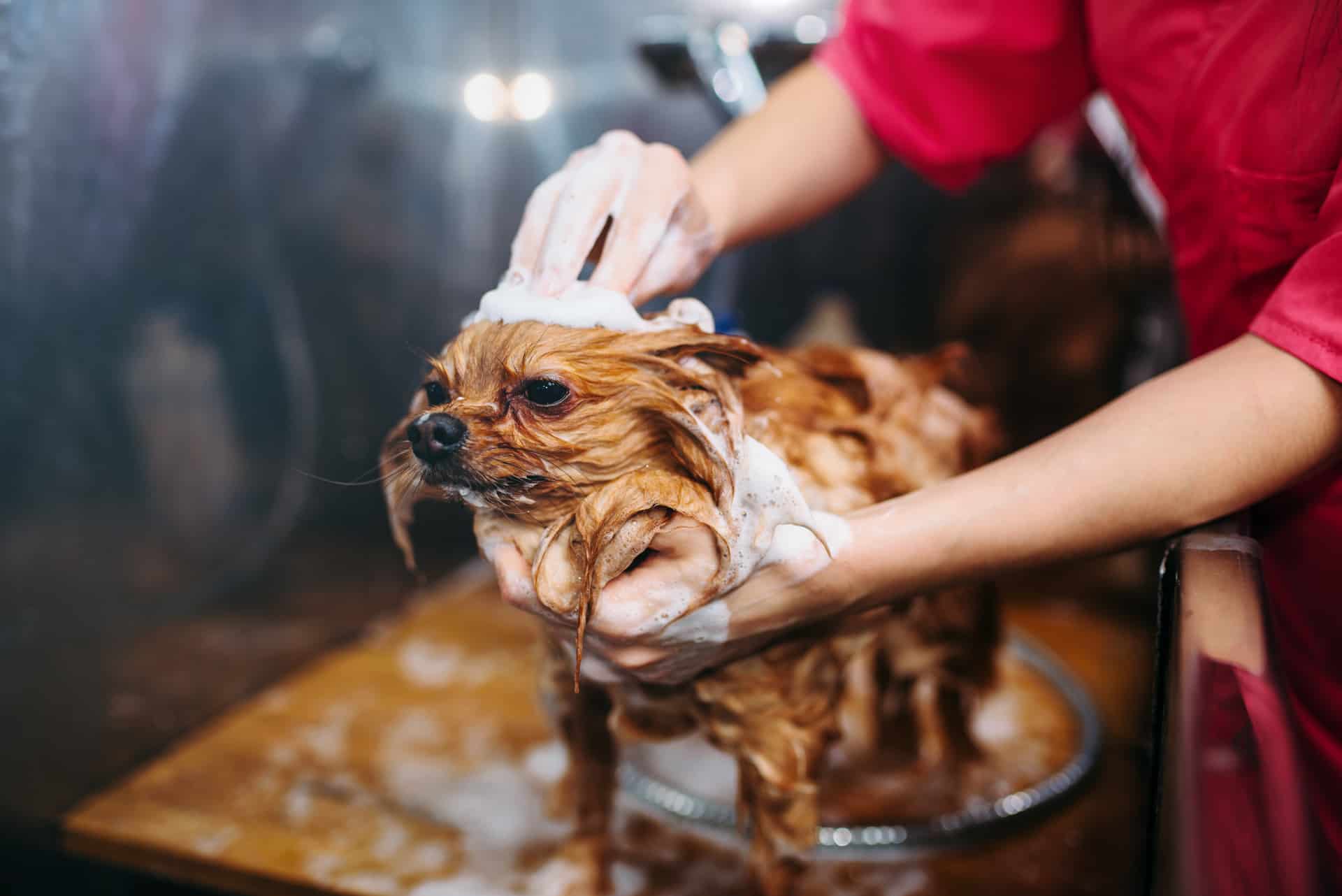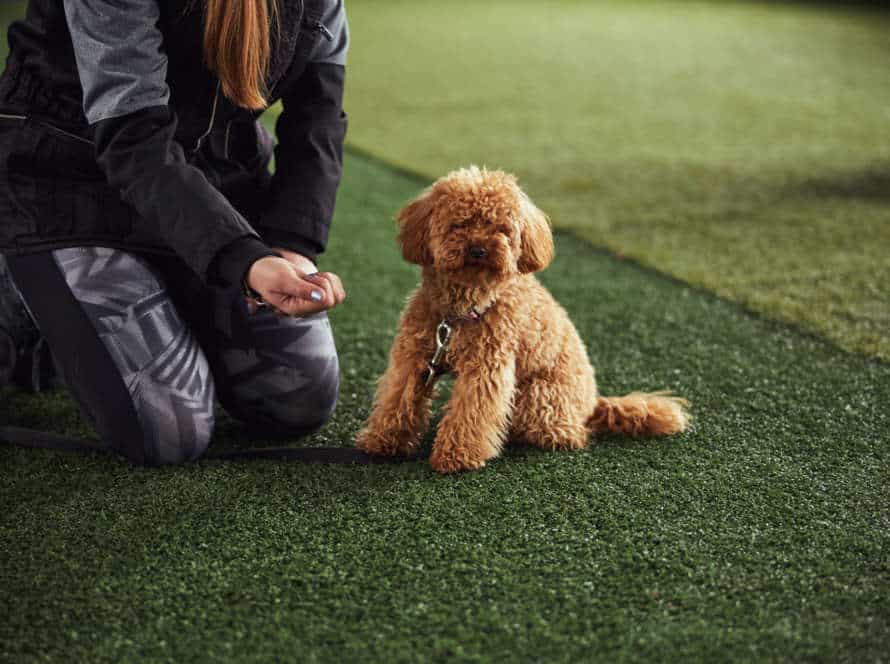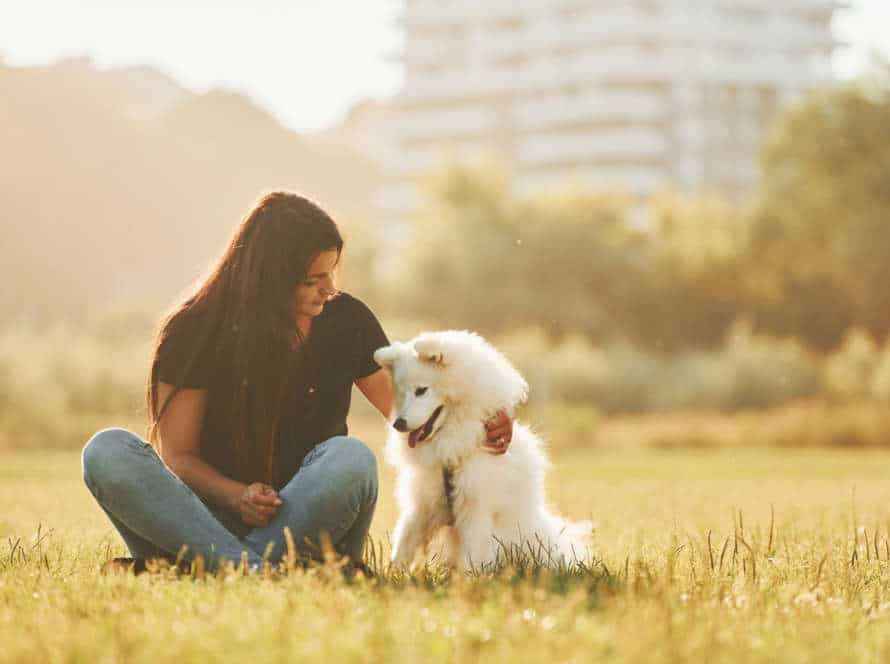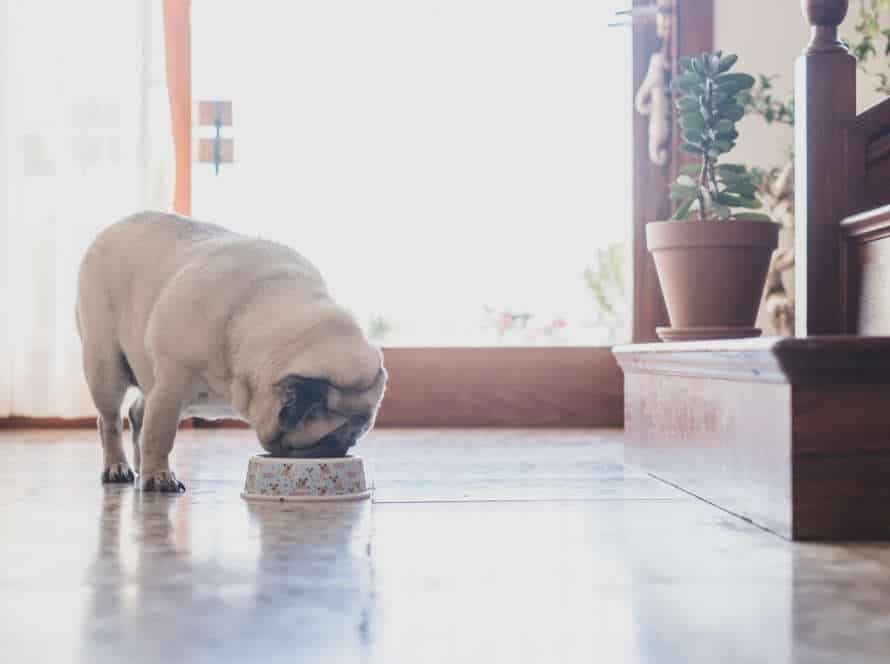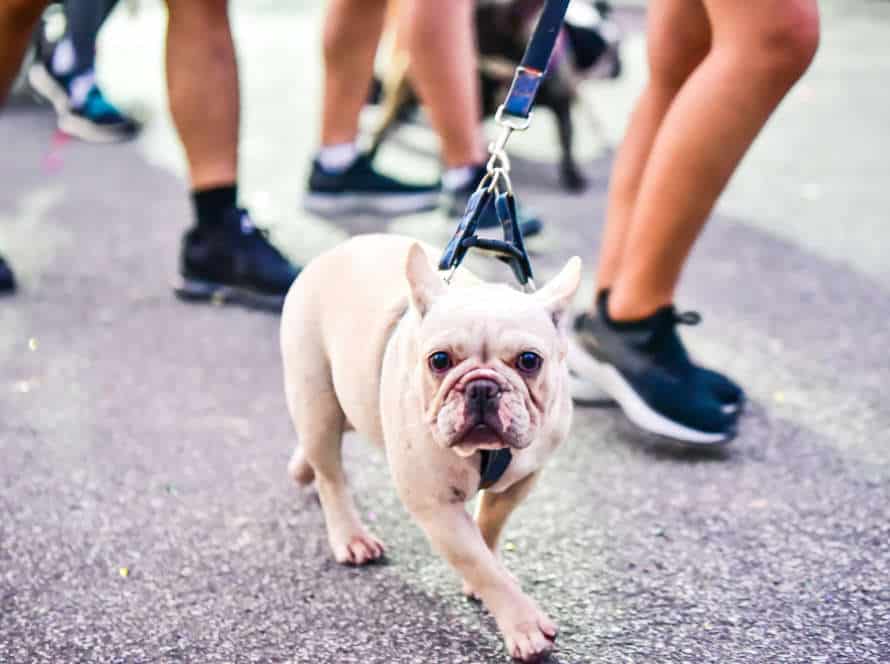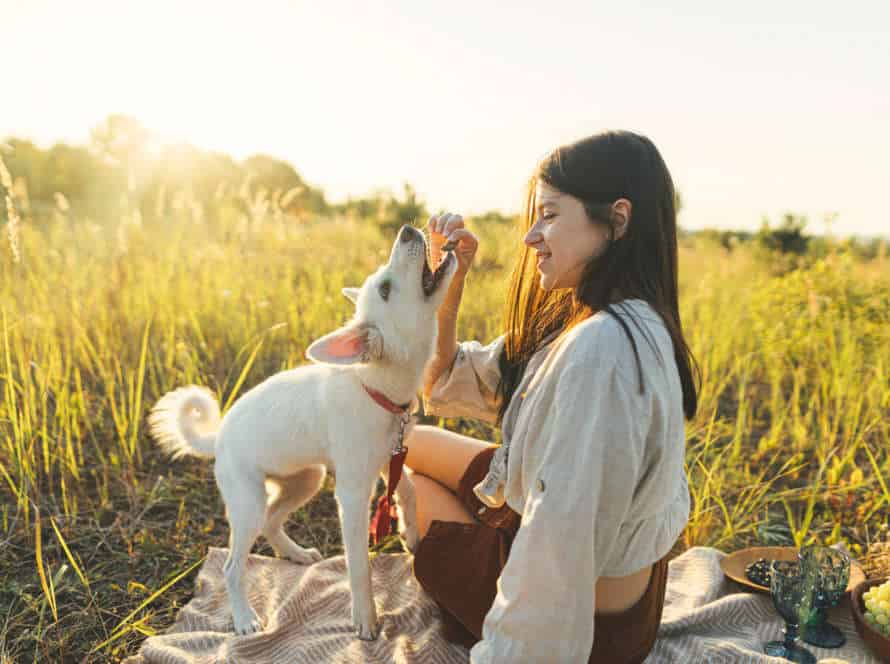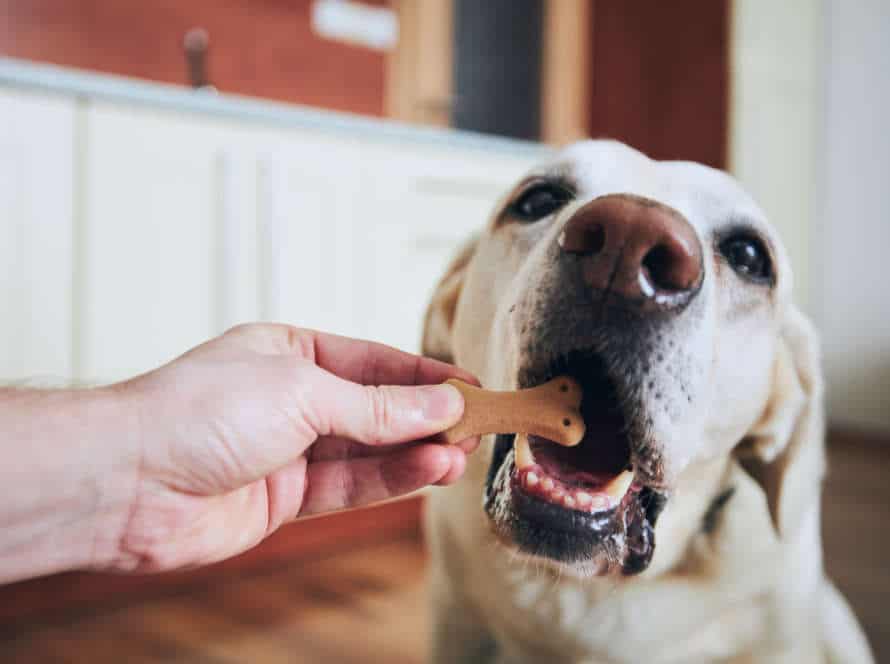A Beginner’s Guide to Dog Grooming: Tips and Tricks
Grooming your pup is key to keeping them looking and feeling their best. If you’re new to dog grooming, this beginner’s guide will help you out. Here are some tips to keep in mind:
- Brushing: Brush your pup’s fur regularly to avoid mats and tangles, and spread natural oils.
- Bathing: Give your pup a bath every 4-8 weeks. This keeps their coat clean, reduces smells and allergens.
- Nail trimming: Trimming your pup’s nails prevents pain and damage to their paws, and scratches on your furniture and floors.
- Ear cleaning: Cleaning your pup’s ears regularly prevents infections, and removes dirt and wax.
- Teeth brushing: Brushing your pup’s teeth helps with dental health, reduces gum disease, tooth decay and bad breath.
Be patient during grooming, and reward good behaviour. Take breaks as needed.
Understanding Your Dog’s Coat and Grooming Needs
Grooming your pup? Essential! Know their coat type to understand their grooming needs. Common types?
- Short-haired
- Long-haired
- Wire-haired
Let’s go through them one by one and figure out what they need!
Coat types and grooming requirements: long, short, wiry, and curly
Your pup’s coat type is important when it comes to their grooming needs. Knowing the type of fur they have is key to keeping them healthy and looking great. There are four varieties: long, short, wiry, and curly.
- Long: Long-haired dogs need daily brushing and haircuts to avoid tangles and mats.
- Short: Short-haired dogs need brushing once a week to remove shed hair and keep their coat healthy.
- Wiry: Wire-haired dogs need regular hand stripping to maintain texture and shape. Plus, grooming to stop matting.
- Curly: Curly-haired canines need regular brushing and trimming to avoid mats and keep the coat tidy.
Keeping your dog’s coat in check will make them look and feel their best, and reduce the risk of tangles and mats.
How often should you groom your dog?
Grooming your pup is essential for good health and hygiene. Its frequency depends on breed, hair type, and lifestyle. Here’r some tips:
- Brush long-haired dogs daily to avoid knots and tangles.
- Short-haired ones should be brushed once or twice a week.
- Bathe ’em every three months – too much can strip their skin of natural oils.
- Trim their nails every 4-6 weeks, to avoid discomfort when walking and running.
- Clean their ears and teeth weekly, for oral health and to avoid infections.
Pro tip: Observe their coat and behavior to determine their grooming needs. Plus, it’s a great way to bond!
Tools needed for dog grooming
Need to groom your pup? Have the right tools for the job! Here’s what you need:
- Brush: Varies depending on their coat type. For example, slicker brushes, bristle brushes, and undercoat rakes.
- Dog shampoo: Get a good quality one that won’t irritate skin or eyes.
- Clippers: For trimming long hair.
- Scissors: To cut hair around ears and paws.
- Nail clippers: All dogs need them.
- Towels: Absorb moisture quickly and won’t irritate skin.
With these tools, you can easily groom your dog at home and bond!
Bathing and Drying Your Dog
Bathing your pup? Don’t forget the tricks! Ventilation is key to make them feel comfy. Use soap that’s made for dogs, not regular soap. Check the water temp too. Get a towel suited for drying. Your pup will thank you!
How to give your dog a bath
Bathing and drying Fido is a must for proper grooming. Here’s a guide for beginners:
- Brush their fur to remove tangles and loose hair before bath.
- Pick out the right place and get your supplies ready. Use lukewarm water and shampoo made for dogs. You’ll also need a non-slip mat, bucket and towel.
- Soak their coat with water but avoid ears and eyes.
- Apply shampoo; massage it into the coat and skin from head to tail.
- Rinse the shampoo off completely.
- Towel dry your pup, starting from the head to tail. You can also use a hairdryer on low heat.
- Reward them for being a good boy/girl!
Pro tip: Treats are great for getting their attention and rewarding them during bathing.
Drying your dog after a bath: tips and tricks
Drying your pup post-bath is essential for fur-y breeds. Here are some tips to help dry them effectively:
- Towel-dry to remove as much H2O as possible. Gentle blot and rub.
- You can also use a blow dryer. Set it to low heat and power. Hold it several inches away and use a light circular motion. But, avoid drying sensitive parts like eyes, nose and ears.
- If you prefer air-drying, make sure the air is warm and the room is well-ventilated. Brush out any matted fur while drying.
- Supervise your pooch throughout the process and reward them with treats and praise for their patience.
Bonus tip: Use a dehumidifier to remove excess moisture from the air and speed up the drying process.
How often should you bathe your dog?
How often you should give your pup a bath depends on its breed, coat type, and lifestyle. If they’re outside a lot and get messy, bath time may be more frequent than a stay-at-home pup. Guidelines to help you out:
- Oily coats need bathing once a week to keep skin healthy and stop odor.
- Short-haired and smooth-coated dogs can go 3 months between baths.
- Long-haired and thick-coated pups may need more regular bathing, specially during shedding season.
- Too much bathing strips natural oils from fur, making skin dry and irritated.
- Use dog-specific shampoo and lukewarm water to protect skin.
- Towel dry then blow dry on low heat if needed.
Bonus tip: If in doubt, ask your vet or a professional groomer for advice.
Brushing and De-Shedding Your Dog
It’s vital to keep up with your pup’s coat maintenance. Brushing and de-shedding your dog can help to lower shedding. It can also guard against skin issues and aid in a healthier coat. Our guide has tips and tricks for brushing and de-shedding. Read on to get the scoop!
Importance of brushing your dog’s coat
Brushing your pup’s coat is vital for keeping them healthy and looking their best. Here’s why it’s essential:
- Stop shedding: Brushing gets rid of loose fur and dander, meaning less mess around the house.
- Increase circulation: Brushing helps boost blood flow to the skin, giving their coat a glossy, healthy look.
- Avoid matting and tangles: Brushing stops mats and tangles from forming, which can lead to skin issues if left alone.
- Strengthen your bond: Grooming sessions give you and your doggy time to stay connected.
Tip: Use a slicker brush to brush out fur and a comb to detangle. Start brushing them young to get them used to it.
How to choose the right brush for your dog
Choosing the right brush for your pup is important. Not just for looks, but for their health too! Different brushes serve different purposes. Here are some tips to help you pick the best one for your furry buddy.
For short-haired breeds: A bristle brush or grooming glove works great. Bristle brushes remove dead hair and debris from their coat. The grooming glove gives a gentle massage, which helps produce natural oils in the coat.
For long-haired breeds: Slicker brush or pin brush tackle tangles, mats and dead hair. These brushes help prevent matting and tangling while promoting the oils in their coat. A mat comb can cut through mats and tangles, too!
For breeds that shed heavily: A de-shedding tool (shedding blade) is perfect for taking off dead undercoat fur. A rubber curry brush can also help massage the skin and loosen more dead hair.
Whatever brush you decide on, make sure it fits your pup’s coat type, size and grooming needs.
De-shedding your dog: tips and tools
De-shedding your pup? It’s an important grooming task! Get the job done easily with these tips and tools:
- Opt for a high-quality de-shedding tool. A slicker brush or undercoat rake will do the trick.
- Brush your pup at least once a week. This’ll stop mats and tangles from forming.
- Bathe your pup, using a mild shampoo that won’t dry out their skin.
- Spray on some conditioner or detangler – this’ll keep their coat soft and shiny.
- Reward your pup with treats during grooming! Positive reinforcement makes it a pleasant experience.
- Be gentle and patient. Especially when working around sensitive areas like the face and paws.
These tips and tools make de-shedding simple. It’ll even strengthen the bond between you and your furry companion!
Nail Trimming and Ear Cleaning
Tending to your pup’s nails and ears is fundamental for their health and joy. Trimming their nails helps keep their paws safe and healthy. Cleaning their ears keeps bacteria and other harmful germs away. Here’s how to do these tasks properly!
How to trim your dog’s nails safely
Grooming your pup’s nails is essential. But, it can be scary for pet owners scared of hurting their furry companion. Follow these steps to trim your pup’s nails safely:
- Make your pup comfortable. Before trimming, relax your pup with strokes and massage their paws. Check for any wounds, like cuts or cracks.
- Choose the right tools. Buy nail clippers made for dogs. Make sure they’re sharp and in good condition.
- Start clipping. Firmly hold your pup’s paw and clip the nail at a 45-degree angle. Be careful not to cut the quick. It’s the pink part of the nail with blood vessels and nerves.
- File the edges. After clipping, use a nail file to make the edges smooth.
By following these steps, you can trim your pup’s nails safely. If you’re still unsure, seek help from a professional groomer or vet.
Tools needed for nail trimming
Nail trimming is a must when it comes to dog grooming. The right tools make it simpler, both for you and your furry pal. Here’s what you need:
- Clipper: Get one of great quality that fits your pup’s nails.
- Styptic powder: If you cut the nail too short, this will help stop the bleeding.
- Nail file: This helps to shape and smooth the nails once trimmed.
- Treats: Reward your pup for good behaviour during the trim.
Having the right tools makes the process less stressful. If you’re unsure, don’t be scared to ask a professional groomer or vet for advice.
How often should you trim your dog’s nails?
Trim your pup’s nails every 4-6 weeks. It depends on the breed, activity level & environment. Regular trimming is essential for hygiene, comfort, and health. Overgrown nails can cause pain and make walking difficult. They can even lead to infections or injuries. Too short nails expose the quick and cause bleeding. Use a nail grinder/clippers. Avoid cutting into the quick. If unsure, seek help from a groomer or vet.
Regular ear cleaning is also necessary. Use a cotton ball/soft cloth & gentle ear cleaner to remove dirt & wax.
How to clean your dog’s ears safely and effectively
Cleaning your pup’s ears is key in their grooming routine. Doing it safely and properly is important for their health and happiness. Here’s some steps to clean your pup’s ears:
- Get the right stuff: Buy a good ear cleaner specifically made for dogs, cotton balls, and/or soft gauze.
- Check their ears: Look for swelling, redness, or discharge. If you see anything strange, talk to your vet before cleaning.
- Apply the cleaner: Follow the bottle’s instructions to put the cleaner in your pup’s ears. Utilize cotton balls or gauze to apply the cleaner and remove debris.
- Massage the ears: Gently massage to help the cleaner get into the ear canal.
- Wipe away the debris: Use clean cotton or gauze to take away debris and extra cleaner.
Be gentle and take your time when cleaning your pup’s ears. If unsure, consult a professional groomer or your vet for help.
Handling Common Grooming Issues
Do you think about your pet’s grooming needs? It’s important for their health and happiness! Matting, skin irritation and bacteria/yeast build-up can cause physical discomfort, infections and skin diseases. Here’s how to deal with these issues and groom your dog the right way.
Dealing with matted fur
Matted fur can be a major source of pain for your pup. To tackle it, make sure to brush regularly. If you find a mat, use a dematting tool or a slicker brush to loosen it gently. For bigger mats, use scissors or clippers. Cut slowly and take breaks if needed. Afterwards, brush your dog’s fur to prevent mats in the future. Pro Tip: Trim and groom your pup’s coat to reduce the chances of matting.
Treating hot spots and skin irritations
Hot spots and skin irritation are issues for pups. Pet owners should know how to handle them. Identify red, moist and inflamed patches. Here’s how to manage:
- Clip fur around the affected area for air.
- Wash with a mild soap or shampoo and warm water.
- Try soothing treatments like Aloe Vera, honey, or witch hazel.
- Block licking/scratching with a cone or collar.
- Visit the vet if hot spots worsen.
Pro Tip: Monitor your pet’s skin/coat. Regular grooming, nutrition, and a clean environment can help reduce hot spots and other skin concerns.
Controlling shedding and minimizing allergies
Shedding is a problem for many dog owners. It can lead to allergies and other health issues. But, there are ways to control it and reduce allergies. Here are some tips:
- Grooming: Brush daily to distribute oils and remove loose fur.
- Bathing: Use gentle shampoo to keep coat healthy.
- Diet: Look for high-quality proteins and fats.
- Allergy Control: Use air purifiers, clean often and use hypoallergenic products.
- Vet Checkups: Identify and treat underlying health issues.
Pro Tip: Consistency is key. Stick with a routine and a healthy diet.
Professional Dog Grooming
Professional dog grooming is a fulfilling experience. Bonding with your pup and keeping them looking their best is a great reward! There are lots of advantages. Grooming can help keep their coat healthy, detangle it, and avoid skin irritations. Here are some tips and tricks for professional dog grooming.
When should you take your dog to a professional groomer?
It can be tough for pet owners to decide when to take their pup to a groomer. Here are some clues that could mean it’s time:
- Matted fur. If your dog’s fur is knotted, it can be painful. Professional groomers can get rid of mats without hurting your pet.
- Overgrown nails. Long nails can be uncomfortable and lead to joint problems. A groomer can clip your pup’s nails without pain.
- Foul odor. If your pup has a bad smell, it’s probably time for a bath and grooming.
- Behavioral issues. If your pup gets aggressive or scared during grooming, it’s best to take them to a pro who can handle and soothe them.
Regular grooming helps keep your pooch healthy and happy, so regular visits to the groomer may be needed.
What to expect from a professional dog grooming session
Professional dog grooming requires several steps and services. It’s designed to keep your pup clean, healthy and looking their best. During a typical session, you can expect the following:
- Brushing and combing the coat to detangle knots and remove dirt.
- Bathing with high-quality shampoo and conditioner, specifically formulated for dogs.
- Trimming nails to avoid overgrowth and injury.
- Cleaning ears to stop infection and irritation.
- Shaving or trimming fur to control shedding or improve appearance.
- Checking and removing ticks and fleas.
A professional groomer may also provide extra services like teeth cleaning or breed-specific cuts.
Investing in professional dog grooming can help your canine companion stay healthy, clean and comfortable.
Questions to ask your groomer before booking the appointment.
Need to book a grooming appointment for your furry buddy? Here’s what to ask before you go ahead and make the appointment.
- Do they have proof of certification and experience?
- What kind of services are there? Any deals?
- What products do they use? Are they safe for your pup’s skin and fur?
- How long does a session usually last?
- What if your pup gets stressed, injured, or ill while being groomed?
- Can you stay with your pup during the grooming?
- Are there any special procedures for your pup’s breed or coat?
Before you book an appointment, make sure to read reviews and get references. It’s essential for your pup’s wellbeing!
Frequently Asked Questions
Q: How often should I groom my dog?
A: It depends on the breed and the type of coat your dog has, but generally you should groom your dog once a week or every other week. Dogs with long and/or thick coats may require more frequent grooming.
Q: What tools do I need for dog grooming?
A: You’ll need a brush, a comb, scissors or clippers, nail clippers, and shampoo. The specific tools you need may vary depending on your dog’s coat type and length.
Q: How do I brush my dog’s coat?
A: Brush in the direction of hair growth, starting from the neck and moving towards the tail. Be gentle and avoid pulling or tugging at the hair. For dogs with long hair, you may need to use a slicker brush or comb to detangle mats or knots.
Q: How do I give my dog a bath?
A: Use lukewarm water and dog shampoo. Wet your dog’s coat thoroughly and lather up the shampoo, being careful to avoid getting soap in their eyes or ears. Rinse thoroughly and towel dry or use a blow dryer on a low setting. Avoid using human shampoo, as it can dry out your dog’s skin.
Q: How do I trim my dog’s nails?
A: Use sharp nail clippers and cut off the tip of the nail, being careful not to cut the quick (the pink part of the nail that contains blood vessels and nerves). If you’re unsure where the quick is, use a nail file to slowly file down the tip of the nail until it’s just before the quick.
Q: Can I groom my dog myself or should I take them to a professional?
A: It’s up to you! If you’re comfortable and confident with the tools and techniques, you can definitely groom your dog yourself. However, if you’re unsure or if your dog has a complicated coat, it may be best to take them to a professional groomer.

